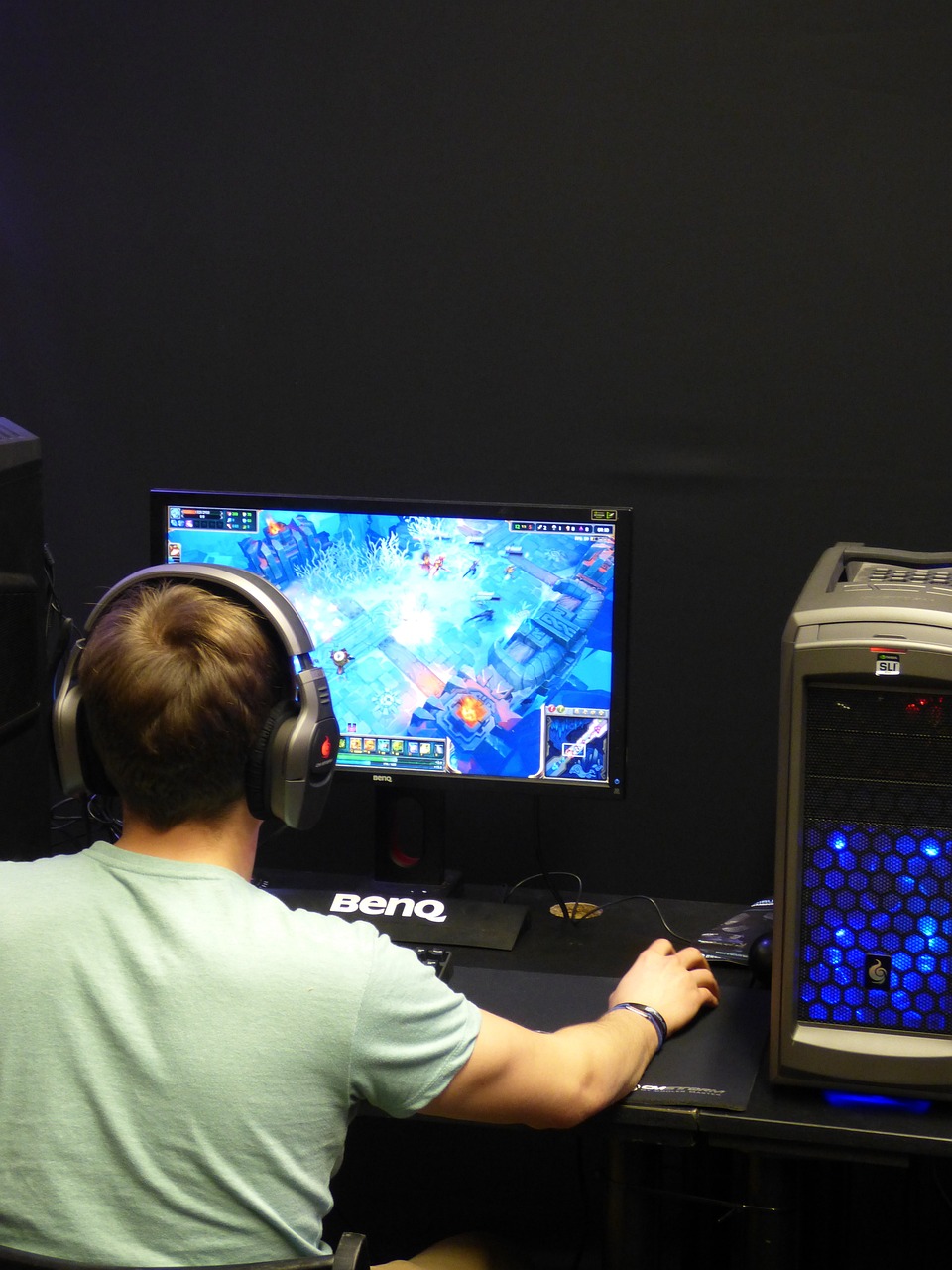
The Ultimate Guide to Choosing a Workstation PC
A workstation PC is a powerful machine designed for professionals who need high performance for tasks like 3D rendering, video editing, programming, and scientific computing. Unlike standard desktop PCs, workstations offer enhanced reliability, faster processors, better graphics, and expandability. But how do you choose the right one? This guide will help you understand the essential factors when selecting a workstation PC.
1. Understanding Your Needs
Before buying a workstation PC, identify your specific requirements. Different professions require different levels of performance:
Graphic Designers & Video Editors – Need powerful GPUs and high RAM.
Engineers & Architects – Require high-performance CPUs and specialized GPUs for CAD software.
Software Developers & Data Scientists – Prefer multi-core processors and high RAM capacity.
Gamers & Content Creators – Need a balance between CPU and GPU performance.
2. Key Components to Consider
The performance of a workstation PC is determined by its hardware. Here are the most crucial components:
a. Processor (CPU)
The CPU is the heart of a workstation. Here are some options:
Intel Core i7/i9 or AMD Ryzen 7/9 – Great for general workstation needs.
Intel Xeon or AMD Threadripper – Designed for high-end professional workloads, offering more cores and ECC memory support.
b. Graphics Card (GPU)
Your choice of GPU depends on your work:
NVIDIA Quadro & AMD Radeon Pro – Professional GPUs optimized for CAD, 3D rendering, and scientific computing.
NVIDIA GeForce RTX & AMD Radeon RX – Consumer GPUs ideal for video editing and gaming but not optimized for precision workloads.
c. RAM (Memory)
More RAM allows for smoother multitasking and processing of large files:
16GB – Minimum for basic professional tasks.
32GB-64GB – Ideal for video editing, 3D modeling, and programming.
128GB+ – Needed for high-end simulations and deep learning.
d. Storage (HDD vs. SSD)
Fast storage speeds up system performance:
SSD (Solid State Drive) – Faster load times and data retrieval.
NVMe SSD – Even faster, ideal for high-performance workstations.
HDD (Hard Disk Drive) – Used for mass storage, but slower than SSDs.
e. Cooling & Power Supply
Efficient cooling prevents overheating in high-performance systems.
A reliable power supply (PSU) ensures stable operation and prevents power fluctuations.
3. Workstation PC vs. Gaming PC: What’s the Difference?
While gaming PCs offer high-performance GPUs and fast processors, workstation PCs focus on:
Reliability – Workstations use enterprise-grade hardware.
ECC Memory – Reduces data corruption risks.
Optimization for Professional Software – Workstations support CAD, AI, and rendering applications better than gaming PCs.
4. Prebuilt vs. Custom Workstation PCs
Prebuilt Workstations: Brands like Dell Precision, HP Z-series, and Lenovo ThinkStation offer optimized and certified machines.
Custom Workstations: Building your own allows for customization and cost savings but requires technical knowledge.
5. Budget Considerations
Entry-Level Workstations ($800-$1500) – Suitable for basic CAD and graphic design.
Mid-Range Workstations ($1500-$3000) – Ideal for video editing and 3D modeling.
High-End Workstations ($3000+) – Necessary for AI, deep learning, and high-performance computing.
Final Thoughts
Choosing the right workstation PC depends on your specific needs, budget, and future upgradeability. Prioritize performance, reliability, and compatibility with your work applications to get the most out of your investment.